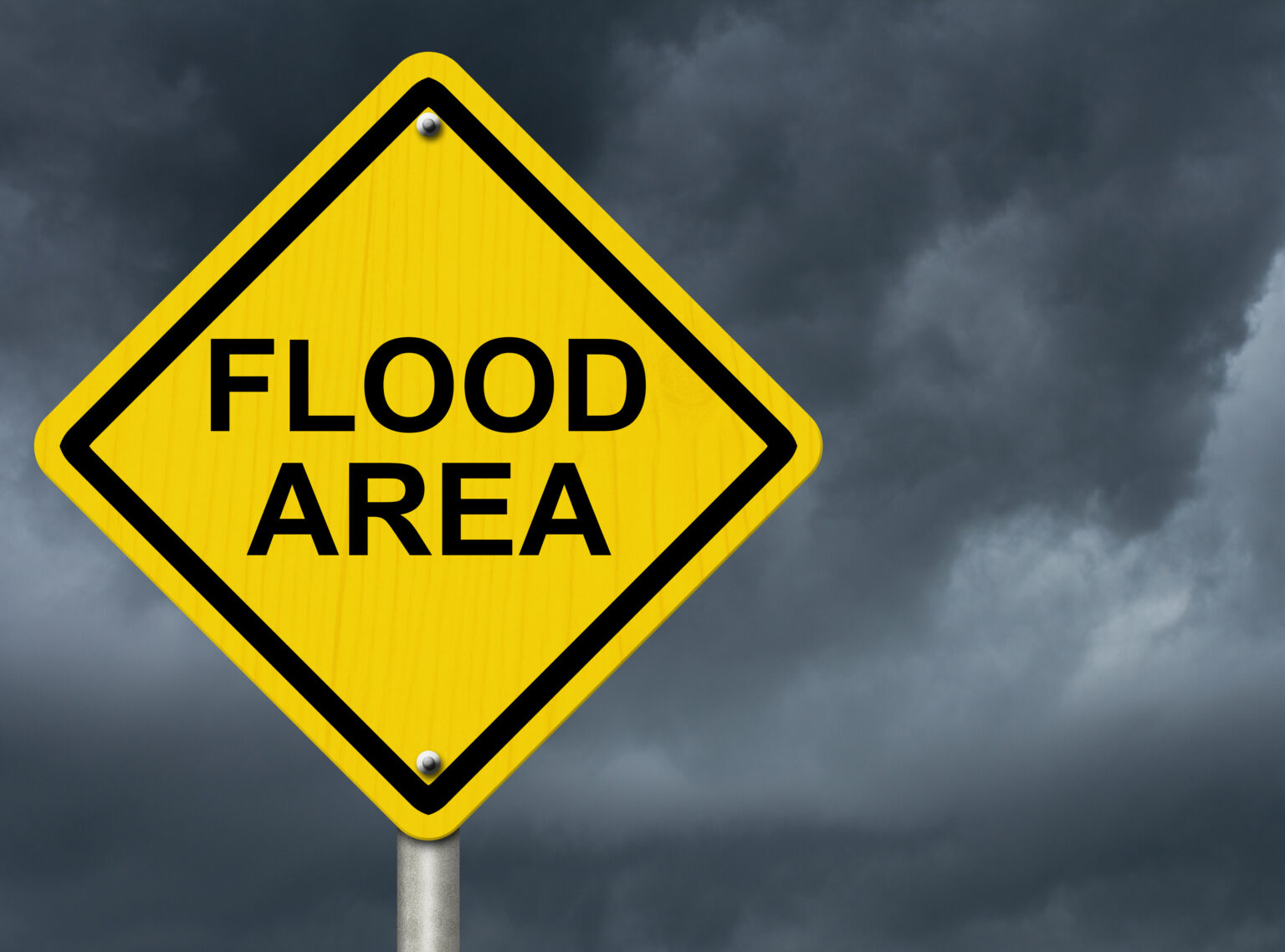Claims Journal Viewpoint: The Imperative of Long-Term NFIP Reform

Our changing climate has dramatically increased the frequency and severity of some natural catastrophes. According to the National Oceanic and Atmospheric Administration’s (NOAA) National Centers for Environmental Information, the U.S. has, in the last five years, experienced 89 natural catastrophes with losses exceeding $1 billion, or “billion-dollar events.” Those storms resulted in total damage of $764.9 billion and claimed 4,557 lives. In 2021 alone, there were 20 billion-dollar events, well above the NOAA average of 7.4 per year. [1] Additionally, 2021 is the seventh consecutive year that the U.S. saw over ten separate billion-dollar weather-related disasters. [2]
Climate change is likely to increase levels of taxpayer spending. In 2021, FEMA’s Disaster Relief Fund had an obligated balance of $55 billion in addition to its existing balance of $36 billion. [3] Adding to the financial burden shouldered by taxpayers, the federal government’s own balance sheet has tremendous direct exposure to enhanced climate risks. The Department of Defense (DOD), for example, owns and operates domestic and international infrastructure valued at $1.3 trillion. In its 2015 National Security Implications of Climate Related Risks and a Changing Climate report, DOD indicated that “[a] changing climate increases the risk of instability and conflict overseas, and has implications for DOD on operations, personnel, installations, and the stability, development, and human security of other nations” and that “[m]easures will also likely be required to protect military installations, both in the United States and abroad…”. In a 2019 report [4], the DOD noted that many military installations were experiencing constant flooding, drought, and wildfires which impacts the DOD’s missions and strategic priorities. Beyond DOD assets, the U.S. government owns 650 million acres of land that are vulnerable to climate change. [5] Potential losses will prove to harm taxpayers more as climate resilience efforts for infrastructure become more costly over time.
Research shows that every dollar invested into pre-disaster mitigation plans saves $13 on disaster recovery. [6] President Biden, in his October 2021 Executive Order [7], signaled his dedication to building a climate-resilient economy where communities are able to adapt and overcome natural disasters through mitigation strategies and climate-resilient infrastructure. [8]
The nation lacks a comprehensive policy framework to address climate change and relies on antiquated natural disaster policies that emphasize and fund responses to disasters after they strike as opposed to those that prioritize pre-disaster protective measures to reduce devastation.
Federal, state, and local policymakers must find ways to make every dollar go farther and incentivize climate adaptation mitigation at the government and individual level. For example, rather than simply funding post-disaster aid that does not reduce the impact of future climate-related events, the federal government must make new spending contingent on concrete commitments and results, such as implementation of building standards that promote climate adaptation, resilience, and smarter and safer planning.
Additionally, policymakers should consider enhanced public-private partnerships and risk-transfer opportunities to guard against climate-related financial risk. The private sector, particularly the insurance industry, has both the willingness and capacity to take on additional risk associated with natural disasters. Organizations across the globe have called for stronger alliances to shift certain financial burdens associated with climate change and natural disasters from the balance sheets of government to willing private sector participants. Public-private partnerships have been known to increase community engagement and support. Additionally, if leveraged correctly, these partnerships can shorten disruptive periods during disasters, improve the delivery of necessary services, and minimize the loss of property and life.